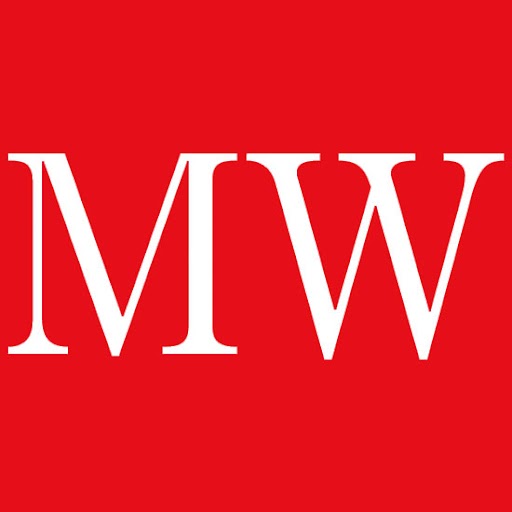Money supply
Money supply is simply the amount of money available in the economy.
Money supply is simply the amount of money available in the economy. There are several ways of measuring the various sorts of money, depending on how wide you make the definition.
In the UK, M0 - also called narrow money - includes only the most liquid types of money: cash, cash in bank tills, and deposits held at the Bank of England. M4 (M3 in the US) consists of cash, current-account deposits at banks and other financial institutions, and savings deposits.
Central banks keep a close eye on the money supply in the belief that it affects prices. If the amount of money in circulation rises, and the number of goods produced does not, then prices rise. This is called demand 'pull inflation', which in turn leads to commodity price rises that push other prices higher and creates 'push inflation'.
MoneyWeek
Subscribe to MoneyWeek today and get your first six magazine issues absolutely FREE

Sign up to Money Morning
Don't miss the latest investment and personal finances news, market analysis, plus money-saving tips with our free twice-daily newsletter
Don't miss the latest investment and personal finances news, market analysis, plus money-saving tips with our free twice-daily newsletter
Get the latest financial news, insights and expert analysis from our award-winning MoneyWeek team, to help you understand what really matters when it comes to your finances.
MoneyWeek is written by a team of experienced and award-winning journalists, plus expert columnists. As well as daily digital news and features, MoneyWeek also publishes a weekly magazine, covering investing and personal finance. From share tips, pensions, gold to practical investment tips - we provide a round-up to help you make money and keep it.
-
Bank of England
Glossary The Bank of England is the UK's central bank. It started life in 1694 as a private bank set up by London merchants as a vehicle to lend money to the government and to deal with the national debt.
-
Index-linked gilts
Glossary Index-linked gilts are sterling bonds issued by the Bank of England and listed on the London Stock Exchange, introduced to act as a hedge against inflation for pension funds.
-
Monetary policy
Glossary Monetary policy is about exercising control over the money supply (the amount of money circulating in the economy) with the aim of influencing the economy.



